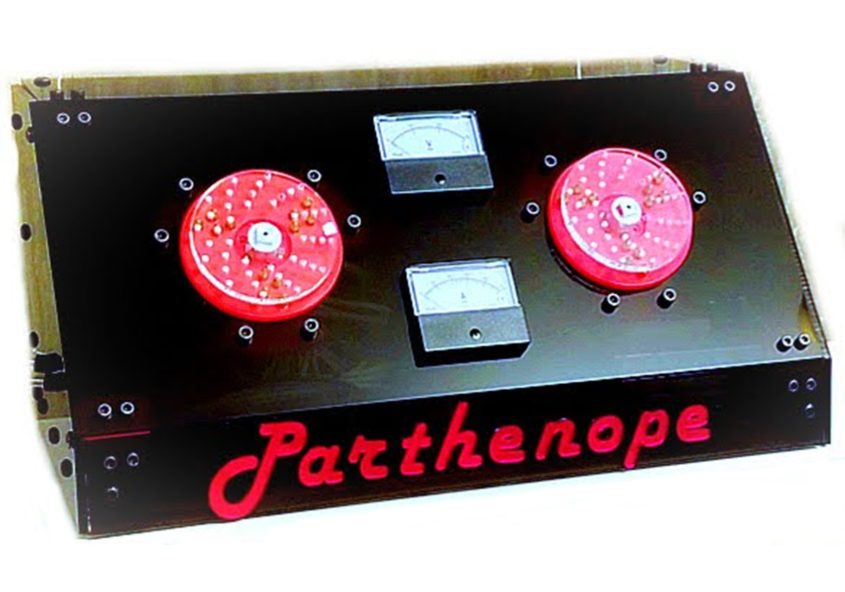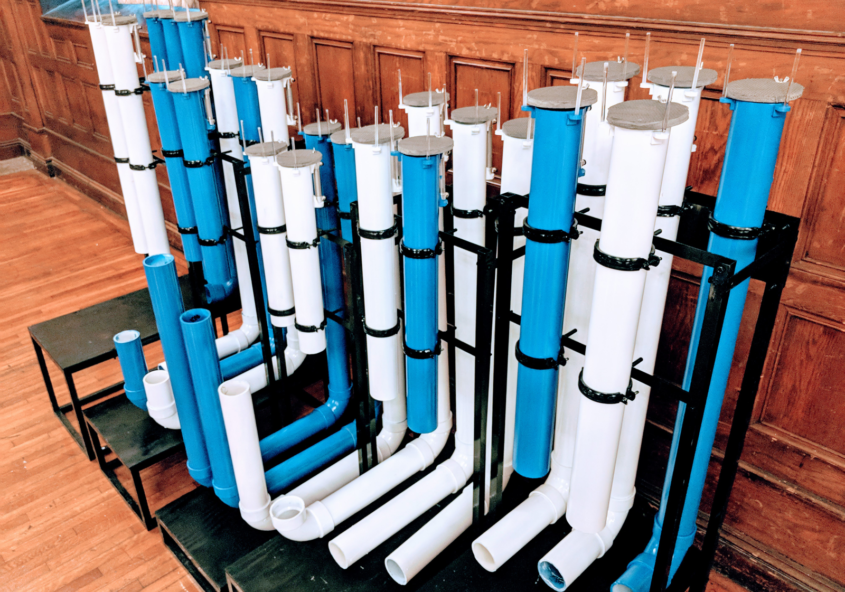-
Context-specific Knowledge Is the “Key” to Salsa Music
L. Getz, S. Barton & L. Perry (2021). Auditory Perception & Cognition, DOI: 10.1080/25742442.2021.1964341
-
Circularity in Rhythmic Representation and Composition
S. Barton (2020). Proceedings of the International Conference on New Interfaces for Musical Expression, Birmingham City University, pp. 505–508.
-
Parthenope: A Robotic Musical Siren
M. Sidler, M. Bisson, J. Grotz, and S. Barton (2020). Proceedings of the International Conference on New Interfaces for Musical Expression, Birmingham City University, pp. 297–300. full text
-
Mechatronic Expression: Reconsidering Expressivity in Music for Robotic Instruments
S. Kemper, S. Barton (2018). In Proceedings of the 18th International Conference on New Interfaces for Musical Expression (NIME). Blacksburg, VA.
-
A Robotic Percussive Aerophone
K. Sundberg, S. Barton, A. Walter, T. Sane, L. Baker, A. O’Brien (2018). In Proceedings of the 18th International Conference on New Interfaces for Musical Expression (NIME). Blacksburg, VA. full text
-
Using Recurrent Neural Networks to Judge Fitness in Musical Genetic Algorithms
P. Mitrano, A. Lockman, J. Honicker, S. Barton (2017). In proceedings of The 5th International Workshop on Musical Metacreation (MUME) at The 8th International Conference on Computational Creativity (ICCC). Atlanta, GA, USA.
-
Cyther: A human-playable, self-tuning robotic zither
S. Barton, E. Prihar, P. Carvalho (2017). Cyther: a human-playable, self-tuning robotic zither. In proceedings of The 17th International Conference on New Interfaces for Musical Expression. Copenhagen, Denmark.
-
Systematic Variation in Rhythm Production as Tempo Changes
Barton, S., Getz, L., & Kubovy, M. (2017). Systematic Variation in Rhythm Production as Tempo Changes. Music Perception: An Interdisciplinary Journal, 34(3), 303-312. We investigated the effect of tempo on the production of the syncopated 3-2 son clave rhythm. We recorded eleven experienced percussionists performing the clave pattern at tempi ranging from 70 bpm to…
-
Creativity in the Generation of Machine Rhythms
S. Barton (2016). In proceedings from The 1st Conference on Computer Simulation of Musical Creativity. Abstract: This paper explores musical, psychological and philosophical ideas about how humans and machines interact in creative processes. It argues that creativity is a function of both generator and receiver, and that these roles can be amorphous in the creation and experience…

